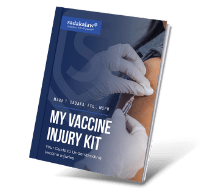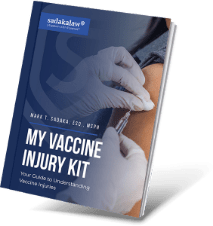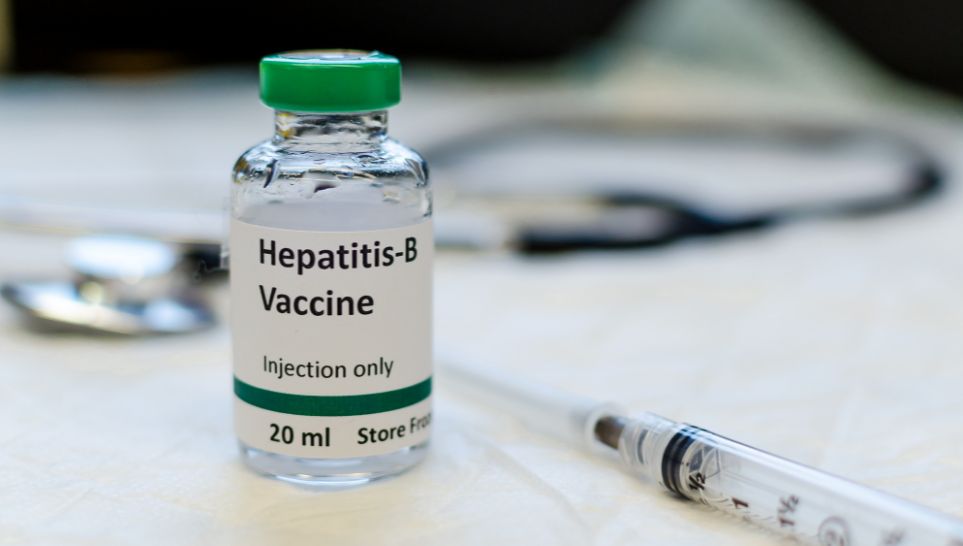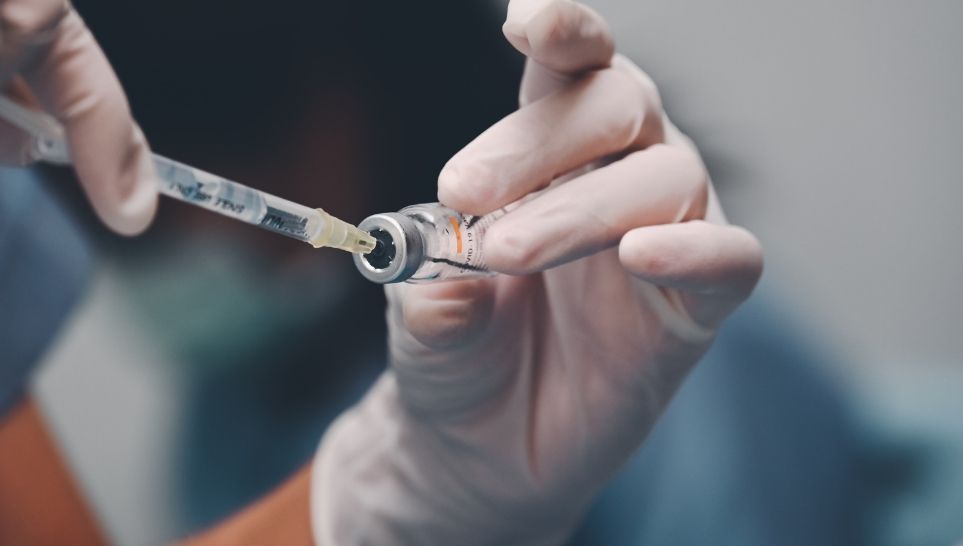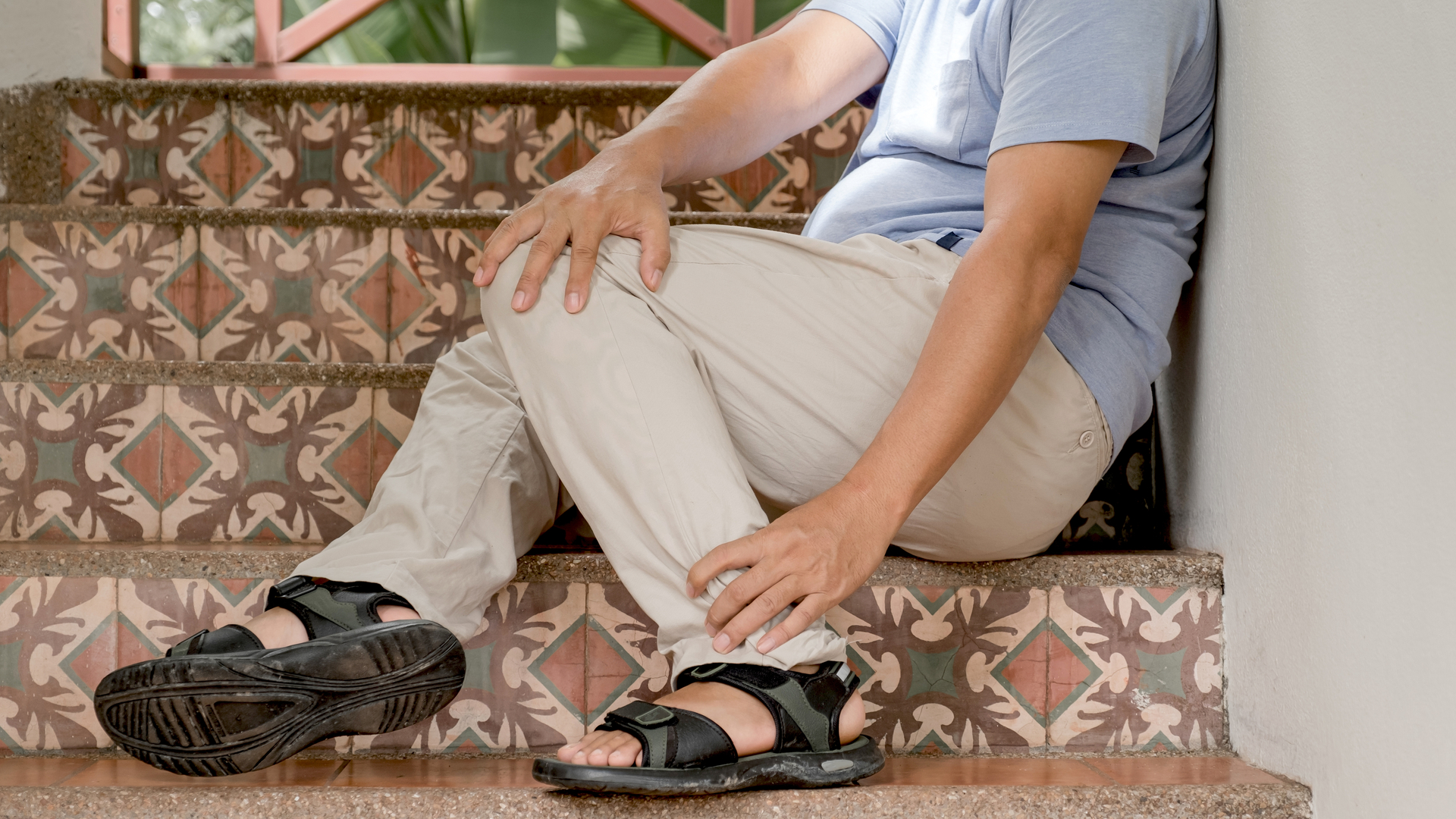
About 1 in 100,000 people receive a Guillain Barre Syndrome diagnosis, and online searches for this rare autoimmune disorder seemed to skyrocket with the rollout of the Covid-19 vaccine program. Vaccine Injury Help Center handles many types of vaccine injury cases, helping clients navigate the legal framework surrounding these complicated issues. As conjecture continues about a potential link to vaccines, the most helpful approach would be to delve into the details of what a Guillain Barre Syndrome diagnosis looks like and how medical professionals treat it. Read on to learn more about Guillain Barre Syndrome symptoms, diagnosis, treatment, and possible causes.
The Known Causes of Guillain Barre Syndrome
Guillain Barre Syndrome (GBS) happens when the immune system damages the nerves and leads to muscle weakness; severe cases may also lead to paralysis or death. Individuals over 50 years are commonly susceptible to this condition, and the medical community has not yet been able to name a specific or consistent cause of GBS. It is neither contagious nor hereditary.
Medical experts do know how GBS works: the immune system attacks the body’s nerve system. It is possible that some nerve cell chemicals resemble invading elements which trigger the immune attack. The nerve cells become targets, and an autoimmune issue develops as the body’s defenses damage the cells it is trying to protect.
The immune system uses antibodies and white blood cells to protect the body by attacking bacteria, viruses, and other infectious microorganisms. With GBS, the immune system mistakenly attacks and damages the healthy nerves. For example, many Guillain Barre Syndrome cases begin a few days or weeks after a gastrointestinal or viral infection or surgery.
Some countries have reported increased cases of GBS after a Zika virus infection. Other sources include vaccinations as a possible explanation for increased susceptibility to GBS.
Guillain Barre Syndrome Types
GBS takes several forms, including:
- Acute inflammatory demyelinating polyradiculoneuropathy (AIDP)
- Chronic inflammatory demyelinating polyneuropathy
- Miller Fisher syndrome
- Acute motor axonal neuropathy
- Acute motor-sensory axonal neuropathy
- Multifocal motor neuropathy
Acute inflammatory demyelinating polyradiculoneuropathy is the most prevalent type of Guillain Barre Syndrome in the United States. Weakness usually begins in the lower body, gradually moving upward to affect other areas.
Miller Fisher syndrome is also common. It is an acquired disease that accounts for 5 to 10% of GBS cases in the United States. The major effects of this disease include balance and walking problems and eye muscle and tendon reflexes.
As a rarer variant of GBS, acute motor axonal neuropathy causes sudden weakness in the limbs and breathing problems and affects the nerves in the head. It is similar to acute motor-sensory axonal neuropathy, which starts with tingling, numbness, or other sensory changes.
Some forms of GBS start gradually and may involve existing symptoms. For example, in chronic inflammatory demyelinating polyneuropathy, you may experience recurring periods of weakness over several years. Sufferers of multifocal motor neuropathy experience weakness in multiple muscles in a specific area of one or both legs or arms.
Signs and Symptoms of Guillain Barre Syndrome
What are the signs and symptoms that might lead to a Guillain Barre Syndrome diagnosis? Typical symptoms manifest in the feet and hands. The effects gradually spread to the legs and arms and may include:
- Numbness
- Muscle weakness
- Debilitating pain, especially at night
- Problems with balance and coordination
- Vision problems due to weakened eye muscles
- Changes in heart rate or blood pressure
- Difficulty speaking, chewing, and swallowing
- Issues with digestion and bladder control
All of these symptoms require medical attention and a professional diagnosis. In severe cases, people lose their muscle function, leading to paralysis, or experience potentially fatal breathing difficulties and cardiovascular problems.
Guillain Barre Syndrome Diagnosis

Diagnosing GBS can be challenging in the initial stages. Other neurological disorders exhibit similar signs and symptoms and vary from one person to another. A healthcare provider will usually start with evaluating a person’s medical history and performing a comprehensive physical examination.
Patients may also need to undergo the following tests:
- Lumbar puncture (spinal tap): This procedure involves extracting fluid from around the spinal code by inserting a needle into the lower spine. The test checks for problems that cause similar symptoms to GBS.
- Electromyography: This test involves inserting thin-needle electrodes into damaged or failing muscles. The electrodes measure nerve activity in the muscle.
- Nerve conduction studies: This procedure involves taping electrodes to the skin above the nerves. It passes a little shock through the nerves to determine the speed of any nerve-based signals.
Guillain Barre Syndrome Treatment
There is no cure for GBS. However, two types of treatments can accelerate recovery and minimize symptoms, including:
Plasma Exchange
The procedure removes the liquid component (plasma) from the blood and re-injects plasma-free blood cells back into the body. The process stimulates the production of more plasma, restoring the amount extracted. However, the new plasma production eliminates the antibodies that were causing the immune system to attack the peripheral nerves.
Immunoglobulin Therapy
Intravenous administration of immunoglobulin contains healthy antibodies from blood donors with the aim of blocking the destructive antibodies that contribute to GBS. Medical professionals may also prefer to use this treatment alongside other approaches. For example, a doctor may offer medication to ease pain or prevent blood clots, which often develop when a person cannot walk.
Is There a Link Between GBS and Vaccines?
In July 2021, the Food and Drug and Administration (FDA) warned that one’s susceptibility to GBS could increase within 42 days after taking the Johnson & Johnson COVID-19 vaccine. It also assured the public that cases of GBS following vaccines are extremely rare. Out of about 12.5 million doses of the vaccine administered by July 12, 2021, people only reported about 100 cases of GBS.
If you would like to discuss these findings and any legal implications in more detail, please feel free to contact the vaccine injury attorneys at Vaccine Injury Help Center.
Can Vaccine Injury Help Center Assist If You Develop GBS after a Vaccination?
If you have received a diagnosis of Guillain Barre Syndrome following a vaccination, you may want to explore your legal options. Recourse is possible, but these cases present many complexities that need careful consideration before you file an application or lawsuit. Thankfully, Vaccine Injury Help Center has extensive experience in this area of law.
Call Vaccine Injury Help Center today to discuss whether you have a possible case after your Guillain Barre Syndrome diagnosis.
